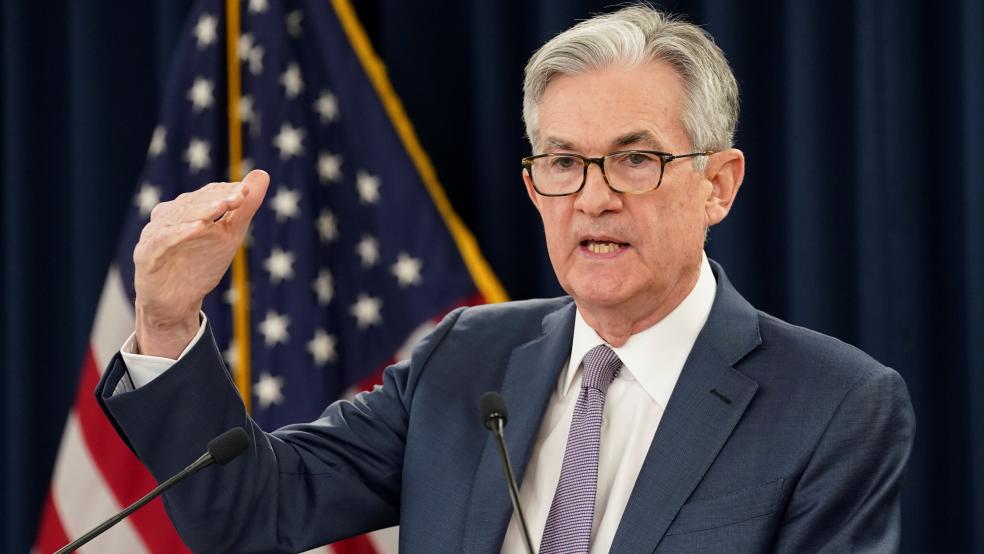The Federal Reserve took another step forward in its battle against inflation Wednesday as it raised a key interest rate by 25 basis points, to a range between 4.25% and 4.75%.
The widely expected move was the eighth rate hike since last March, but also the smallest of the bunch, down from a 50-basis-point increase in December and four consecutive 75-basis-point hikes stretching back to June.
In a statement, the Federal Open Market Committee said the U.S. economy shows signs of “modest growth in spending and production,” even as the job market continues to be robust and inflation “remains elevated,” despite easing “somewhat.”
The Fed signaled that more rate increases are likely ahead. “The Committee anticipates that ongoing increases in the target range will be appropriate in order to attain a stance of monetary policy that is sufficiently restrictive to return inflation to 2 percent over time,” the committee said.
At the same time, Fed Chair Jerome Powell told reporters the bank recognizes that inflation appears to be cooling. “We can now say for the first time, the disinflationary process has started,” he said – a shift in language and attitude that delighted Wall Street, sending stocks sharply though briefly higher as investors contemplated the odds of the Fed halting its tightening campaign sooner rather than later.
Powell, though, made it clear that it’s too early to pop the champagne corks. “We will need substantially more evidence to be confident that inflation is on a long, sustained downward path,” he said. “It would be very premature to declare victory or think that we really got this. We have to complete the job.”
While many on Wall Street are hoping for just one more rate hike of 25 basis points at the next FOMC meeting in March before the Fed pauses its anti-inflation effort, Powell said it could take a “couple more” increases to bring rates to the proper level.
What the experts are saying: Some economists think that the Fed has a real shot at reducing inflation without causing a recession. “There has been a significant deceleration in inflation in the second half of 2022, and simultaneously, productivity rebounded. That opens the door for the FOMC to scale back its rate increases to increments of 25 basis points,” said Boston College economist Brian Bethune. “In view of this, there is a strong chance the FOMC could engineer a soft landing.”
Fed officials themselves may have the same idea. “It confirmed our suspicion that they are becoming much more optimistic about the ‘soft landing’ scenario,” economist Tim Duy told The Washington Post, referring to Fed policymakers. “They’ll have a lot more information by the time of the March meeting. But the recent inflation data has made them more optimistic.”
The increasing optimism, however, has raised concerns that the Fed will halt its campaign before bringing inflation all the way back down to 2%. “I’m somewhat worried that the market view is based more on hope,” Karen Dynan, an economist at Harvard University, told The Wall Street Journal. “Labor markets still look really tight.”
Kathy Bostjancic, an analyst at Nationwide, said in a research note that the labor market is still too strong for the Fed to achieve its goal. “The pace of increase in employment costs remains high and is not consistent with a 2 percent inflation rate that the Fed targets, which means Fed officials have more work to do,” she wrote.
Powell echoed that sentiment at his press conference. “Reducing inflation is likely to require a period of below-trend growth and some softening of labor market conditions,” he told reporters, once again emphasizing that the Fed intends to maintain its anti-inflation effort for as long as it takes.
For Joseph Brusuelas, chief economist at RSM, that means two more rate hikes and a long period of holding rates at their peak. “We expect rate hikes of 25 basis points at both the March and May meetings,” Brusuelas wrote Wednesday. “That underscores our forecast that the central bank will most likely be on pause until early next year.”




